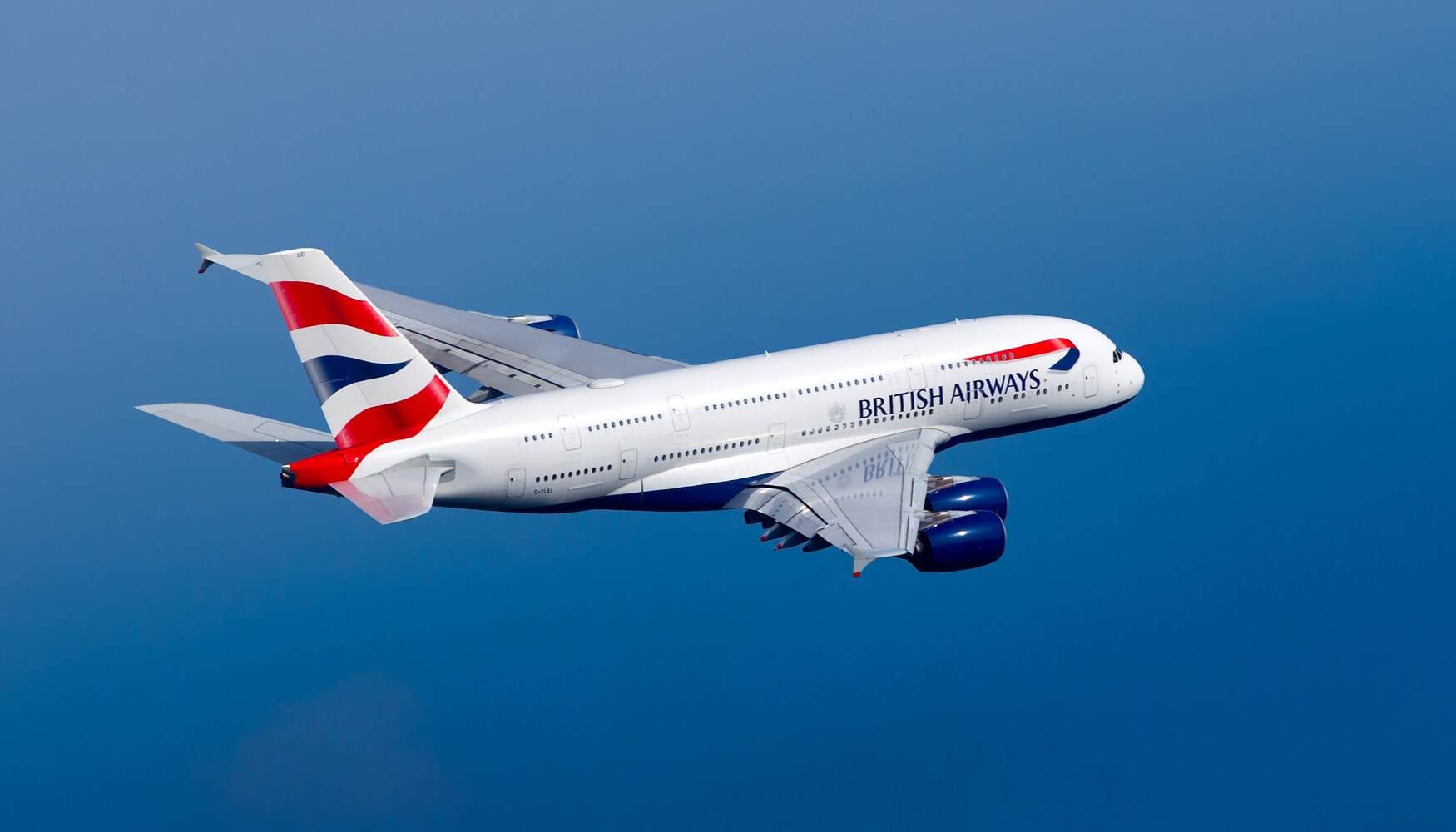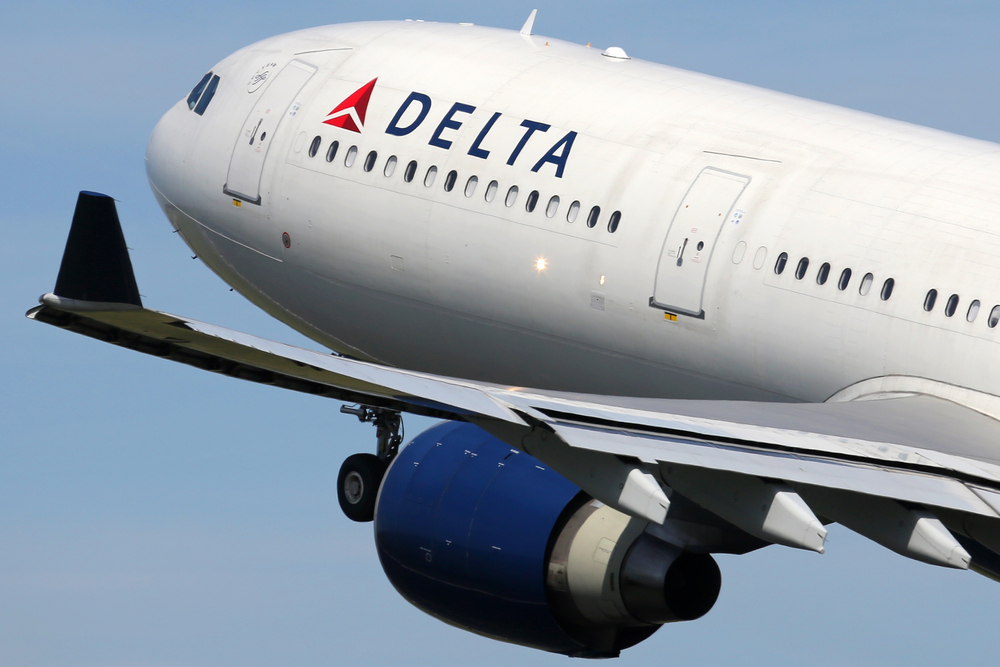Boarding Order May Help Determine Passengers’ Risk of Catching a Bug

A study focused on protecting airline passengers in the event of an outbreak like the 2014 Ebola scare, found that how airlines choose to board flyers makes a difference in exposure risk.
It turns out that surgical masks aren’t all that effective at protecting travelers from exposure to airborne pathogens and products like Airborne or Emergen-C can only do so much, but a new study finds that the manner in which airlines board passenger planes could very well affect how many flyers are exposed to infectious disease. Unfortunately, very few carriers currently employ the boarding schedule determined by computer simulations to keep the maximum number of passengers from getting sick.
A scientific report released in conjunction with Florida State University, Arizona State and Embry-Riddle University finds that some surprising factors help determine how infectious diseases are potentially spread between air travelers. The “Multi-scale Model for Pedestrian and Infection Dynamics During Air Travel” paper published in the May American Physical Society Journal revealed that the right type of aircraft and the boarding process itself can dramatically reduce a passenger’s risk of catching both the common cold as well as more serious infectious diseases.
According to the study, smaller planes, which board quickly, showed much less risk of exposure for passengers. Experiments, likewise, determined that a scenario in which a hypothetical flight is assigned only two boarding groups could significantly reduce the number of passengers exposed to a communicable airborne disease. Researchers say that as long as the passengers in the two boarding groups are assigned seats that are randomly spread throughout the cabin, the boarding process is faster and passengers spend less time in very close proximity to each other, thereby reducing the chances of spreading germs.
The research found that the suggested two-group random boarding call could reduce the risk of infection by as much as 30 percent over the industry standard policy of multiple boarding groups with planes generally loaded from back-to-front. While the study was undertaken to potentially help mitigate a hypothetical Ebola outbreak, The Economist reports that the results could help to keep passengers healthy and safe from less panic-inducing maladies, such as the flu or the common cold.
“We find that boarding policy by an airline is more critical for infection propagation compared to deplaning policy,” the academic study concluded. “Enplaning in two sections resulted in fewer infections than the currently followed strategy with multiple zones. In addition, we found that small commercial airplanes are better than larger ones at reducing the number of new infections in a flight.”
One of the study’s authors, Anuj Mubayi, told the Arizona State University publication ASU Now that his research could very well help keep the traveling public safe in the event of another global outbreak.
“Surprisingly, changing policies – even those as simple as boarding patterns – can have a significant impact on the global spread of an infectious disease,” Mubayi said. “Using smaller airplanes during an outbreak, instead of completely banning flights to a specific destination, can drastically reduce the probability of introduction of infection.”
[Photo: Shutterstock]






















